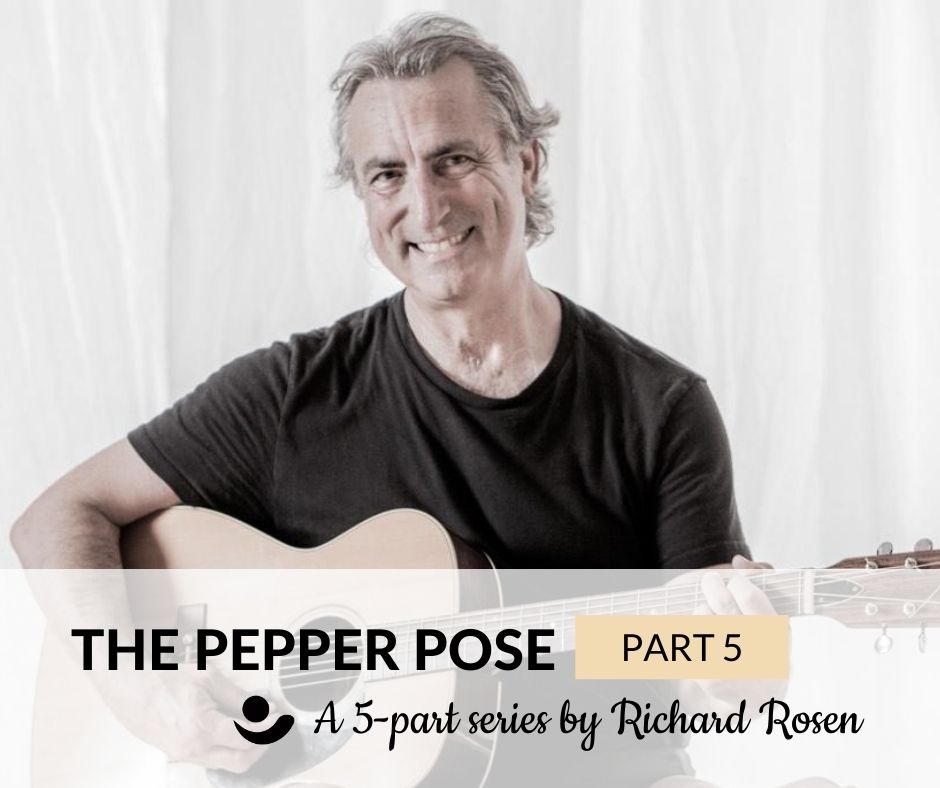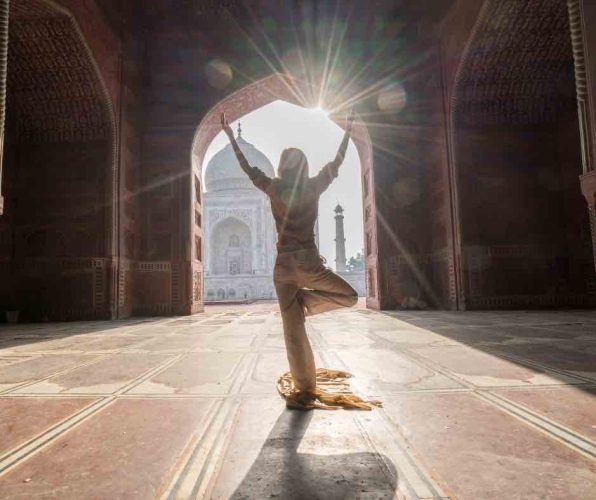When we last saw our hero, the self-proclaimed Swami Vivekananda, he was sitting forlornly on the curb of a Chicago street, waiting for the hand of God to give him a hand. Now only a few days until the opening of the World Parliament of Religion, he still had no invitation to the event, and he’d lost his Chicago contact’s name and address. A lesser swami would have given up and headed back home, but our Vivekananda was made of sterner stuff, and, besides, the curb he happened to sit on wasn’t just any old curb: it was right across the street from a very wealthy family’s large home. The woman of the house by chance looked out her front window and saw the exotic young man, dressed in a rather soiled orange robe and turban, and made a great intuitive leap. Since it was extremely rare for a local to outfit himself in anything orange, let alone a robe and turban, and since she knew the World Parliament was about to open, she put one and one together and decided he was a Parliament delegate (not exactly the case but close). She took Vivekananda under her wing, introduced him to a friend of hers, who coincidentally was the man who organized the Parliament.
Vivekananda was either the luckiest man alive or picked by destiny to do great things because, a few days later, the obscure swami from India found himself sitting on the stage in the Parliament’s meeting hall in the company of Moslems, Taoists, Buddhists, Jains, Theosophists, and Christians of all stripes, including Christian Scientists. (Interestingly, Mary Baker Eddy, the founder of Christian Science, was a student clockmaker-turned-hypnotist-turned-healer Phineas Quimby, whose work also eventually led to the development of New Thought, which did a lot to introduce Indian philosophy to the US.) With his exotic clothes, puppy-dog eyes, and powerful speaking style, Vivekananda was a big hit at the Parliament. When the gathering concluded, he stayed on for another 18 months in the US, touring the eastern half of the country, lecturing on Indian philosophy and the injustices visited on his country by colonialist powers.
I found it ironic that Vivekananda made his name at a convention held under the auspices of an event organized to celebrate the 400th anniversary of Columbus’s landing in the “New World,” essentially the first step in a European invasion that “colonized” the Americas. And of course, ironically too, Columbus believed to his dying day that he’d sailed to India. Vivekananda is credited with introducing “yoga” to the US, and while he did help to make Americans more conscious of Indian ways of thought – albeit filtered through his Christianized Western education – he certainly didn’t teach what we consider “yoga” a little more than 100 years later. In fact, Vivekananda didn’t even care much for Hatha Yoga, which he said doesn’t “lead to much spiritual growth… The object in these [asanas] is physical, not spiritual.” And now at long last we can answer the question: What does this have to do with yoga?
The craving of medieval Europeans for cheap spices, particularly pepper, led to attempts to find a sea route to India, first successfully accomplished by Vasco da Gama in 1498. Da Gama’s voyage opened India’s door to Western entrepreneurs, which eventually resulted in the domination of the country by the British East India Company. As a result, the Company’s mismanagement of the country, which caused the death of millions of Indians, a very short poem we know as The Bhagavad Gita was translated into English, which triggered the great translation boom of Indian texts in the 19th century. The ideas in these texts had a powerful effect first on European, then American, thought. Through Transcendentalists like Emerson and Thoreau and writers like Whitman and Melville, through the Theosophical Society headed by the “theosophical twins” Helena Blavatsky and Henry Olcott, through the Unitarians and the followers of New Thought, Indian ideas gradually spread through the American consciousness, preparing us for Swami Vivekananda, whose message, ironically one more time, was strongly influenced by Western Christian ideas. Vivekananda’s teaching was just “Indian” enough to capture the imagination of a populace ready for new ideas – the old-Christian worldview had been called into question by Indian philosophy – but not so “Indian” as to frighten off that same populace which was still, at heart, Christian. So the next time someone asks you how yoga came to the US, all you need say is “Pepper!”

















